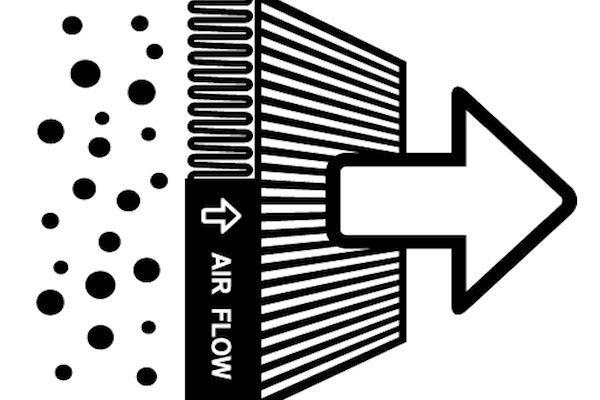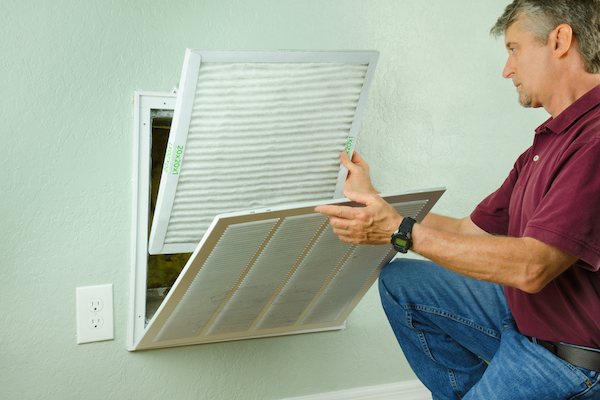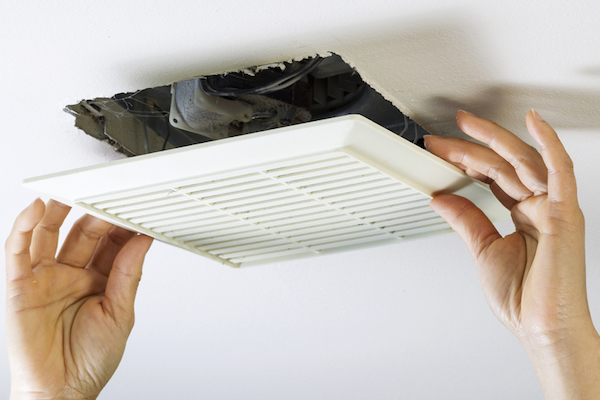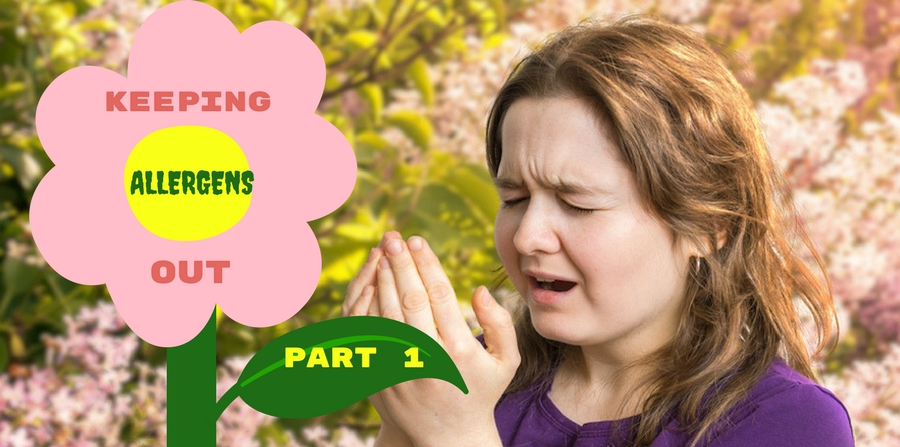We’re going to say it: winter is over! The grass is green, trees have leaves on them, and breeze feels like a pleasant caress instead of swarm of angry razor blades. After a brutal winter, spring couldn’t be more welcome. For some of us, anyway. Unfortunately, spring can be something of a double edged sword, if you’re allergy-prone. The miracle of nature’s regeneration is inspiring, uplifting, yada yada yada… but it probably also makes your nose runny and your eyes itchy. It’s hard to appreciate the wonders of the natural world when you feel like your face is leaking.
Yes, spring is allergy season. Not a problem if you stay inside, right? Wrong! Your own home may not be safe from allergens. Then you’d have nowhere to hide. Luckily, all is not lost; you can follow these steps to allergy-proof your home this spring. Get back to enjoying the beautiful new season… even if you have to do it from inside.

HEPA Air Filter
Your HVAC unit (hopefully!) has an air filter, but not all filters are created equal. Unfortunately, your air filter may not be doing as good a job as it should be. Air filters work by “catching” allergens and pollutants as air moves through them. Instead of circulating through the home, allergens remain in the filter. If your filter doesn’t work effectively, allergens may pass through it and pollute your home’s air.
A HEPA (High Efficiency Particulate Air) filter might significantly improve your home’s air quality. HEPA filters work more efficiently than most because their systems are smaller and more numerous. The HEPA method is proven 99.7% effective at removing any 3 micron or larger particles (a micron is 1/1000th the size of a millimeter!). If you’re having allergy problems in your home, check your air filter right away. If it’s not a HEPA filter, replace it with one.

Replace Air and Heating Filters Frequently
Air filters don’t destroy airborne pollutants. The filtration process catches pollutants and traps them against the filter where they can’t get into the home. The problem is, all those pollutants stay on the filter. Over a long enough period, too much gunk builds up. That gunk prevents the filter from doing its job, and more pollutants get past it into your house.
As a general rule, check your filter at least once per month. If the filter looks dirty, replace it. A HEPA filter will stay effective longer than most, but they still need to be replaced frequently. Keep up with your filter replacement this spring, and you’ll go a long way toward keeping your home allergen-free.

Clean or Replace Vent Fans
It’s easy to forget about vent fans, but allergens build up on them like everything else. The next time you clean, unscrew vent fan covers and take a look at the fan inside. Take the time to clean these fans with a germ-killing solution. Just like air filters, vent fans can’t do their jobs effectively when they’re loaded down with pollutants.
While you’re cleaning, see if you have exhaust fans or vent fans. Vent fans don’t actually re-direct indoor air out; they just send it up to your attic. Exhaust fans actually send particles out of your home entirely. Humid air can promote mold growth, especially in dark, hot areas. Venting hot bathroom or kitchen air into your attic may put you at risk of allergen growth. If you have vent fans, consider replacing them with exhaust fans.
If you’ve taken each of these steps and allergies continue to plague your home, don’t give up! We’ve got more tips coming soon. In the meantime, one of the best things you can do to allergy-proof your house is have us professionally clean your vent system.
While we’re there, we can even give you an expert opinion on how to keep allergens out. We’ll stop your nose from running together! By… keeping allergens out… you get it. C’mon.


